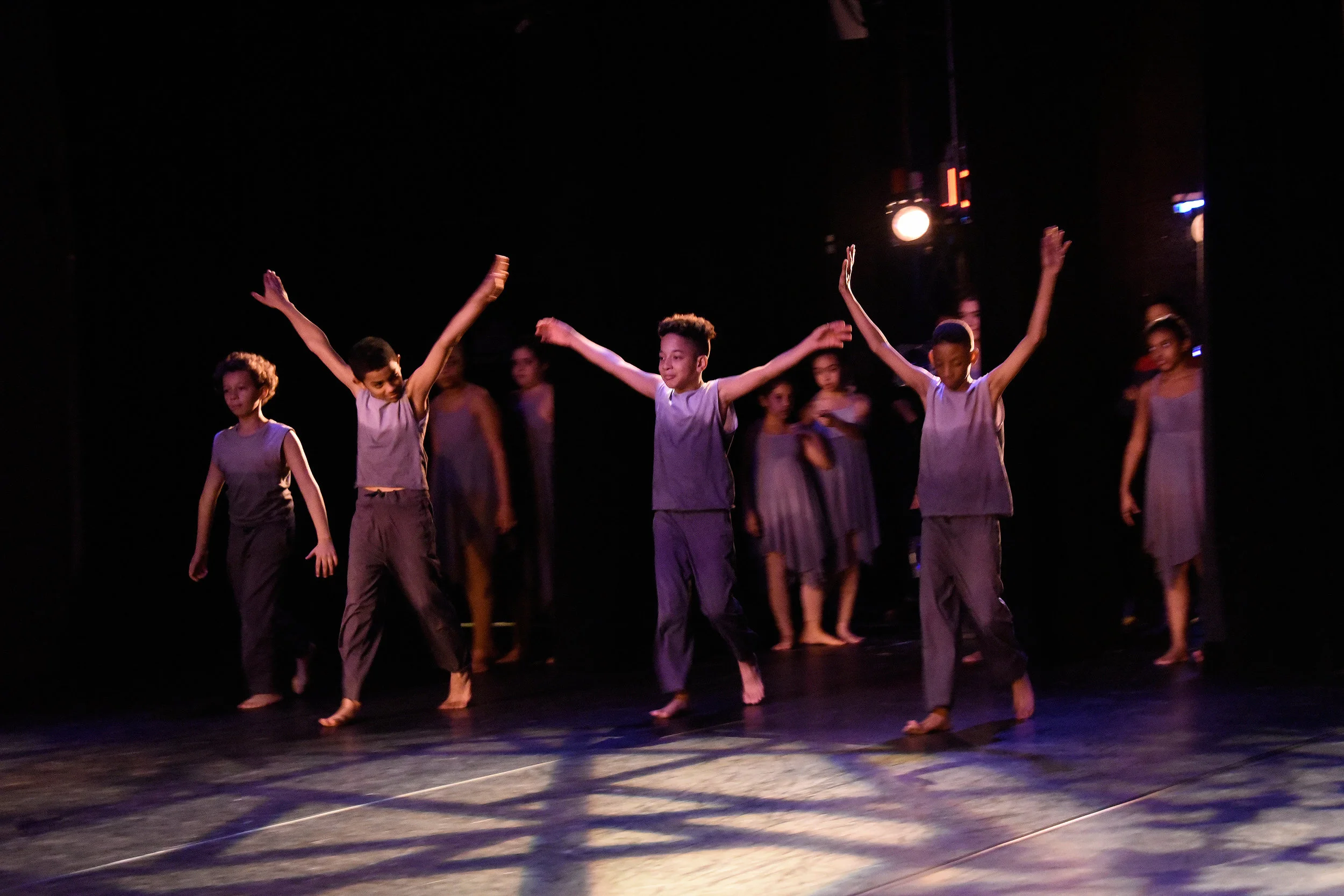The Holiday gift-giving season is upon us….
What to give to a child with a disability? What to give to a parent of this child? Should you ignore the disability and give generic toys, or should you give something that is helpful in some way but points to the ‘issues’ that the child or the adult lives with?
It really depends. Simply because a child is in a wheelchair or has a physical or mental health challenge, doesn’t mean they don’t want the latest Pokemon game or cool clothing that all the other kids are wearing. Yes, I think we all would like to get something practical for people. But remember, the little human before you is first and foremost just a child not a child with a disability.
I know of friends who give their children one toy (which can range from anything from a PlayStation 4 to a tickle-me-Elmo to Magic-The Gathering playing cards), and their other gifts are practical things they need, like a new winter coat, a repair kit for their wheelchair, or sensory friendly toys that help with their therapy. Sometimes you can kill the proverbial two birds with one stone and get a small tablet, where a (nonverbal) child can download learning games and apps that act as verbal assistive technology. If one can’t afford a tablet, a gift card to download apps or pay for in-app purchases make a terrific gift. Or maybe purchase one of the protective rims for the tablet, so it doesn’t break if the tablet goes flying off a desk, a table, or during a game.
One of the best gifts I ever bought for the boys were weighted blankets. I had heard about them for years. When my younger son was in OT they used to put sandbags on his legs to help with his concentration, but I had never added up that maybe as adults they could benefit from pressure therapy as well. I can’t tell you what a difference it makes.
The boys also love their noise canceling headphones, which in today’s age of everyone listening to music on their phones, doesn’t make them stand out at all when they walk around with them. Of course, in the case of my younger son he is actually listening to music, much to the distraction of the real world.
Think of fidget toys as great stocking stuffers! Fidget toys are all the rage for millennials in general at the moment anyway.
We shouldn’t forget our nonhuman service companions. We love our dogs, and they deserve presents as well. They do amazing jobs and if we can make their lives a little easier, they can do their jobs better. Collapsible bowls, chew toys, special leashes, a mat for when they have to lie down if the ground is nasty, and maybe a special bag for their treats can go along way in making your four-legged companion better at their job and let them know how much you love them.
Simple everyday items can be especially useful to someone with a disability. If a person you know is a ‘spoonie’ (someone living with a chronic illness) who has to parcel out their energy very carefully throughout the day, a slow cooker or instapot could make their lives easier. If its hard for a person to stand, a soft mat for the kitchen to stand on would make a thoughtful gift. A good knife, a really good pot, a gripping tool, a food processor, a food steamer, anything that you can think of that would simply help cut down on cooking time and enable a person to take care of themselves more easily make for great gifts. These tools help provide independence and enables adults to be self-reliant.
You might also wonder what to give the parent of a child with a disability. This can range from personal items, such as bath bombs or a gift card to their favorite store. It could mean buying them a spa day or babysitting so they can go get their hair cut. I think what most parents truly want (and what would have been the best thing for me during those very isolated years when the boys were little) is your company; take them out for a cup of coffee or lunch and just chat and listen. Simply listen. No judgement. No interjections. No pity. No social justice rhetoric. Take an hour or two of your time and let that person know you are their friend. So many families when they deal with disabilities or a sick and aging family member are isolated and feel alone. Giving of yourself - now that would be the best gift!
Meanwhile, the boys have dozens of relatives and they have at times received ridiculous amounts of money, especially for small children. So, the husband and I decided that this would be a good way to teach a life lesson. We allowed them to spend 1/3 of the money on toys they wanted, 1/3 was put away for another day, and 1/3 had to be given to a charity of their choosing. This became our way of life. Every year, even though they no longer receive Hanukkah gelt, they donate to a charity.
If you are thinking of giving to a charity this year, please consider Born Dancing. Donor privileges range from a shout out in the newsletter to an actual tour backstage and free tickets to a performance. Your gift actually helps provide once-in-a-lifetime dance opportunities for children and teens with disabilities to dance, design, and produce alongside elite professionals in prestigious New York City theaters.
Elise, an award-winning blogger, writes about the practical aspects of raising autistic children at her blog Raising Asperger’s Kids, http://practicalautism.com. She writes under the pen-name Elise Ronan, to protect her sons’ privacy, and has permission from them to tell their story.
Everything Elise writes about raising autistic children can be applied to any disability, invisible or even physical. There is information about creating your child’s support village, and practical information grouped by age. These direct pages can be found on the sidebar on her blog page. She is open to answering questions about her writings and helping other parents where she can. You can reach her at practicalautism@gmail.com.
Elise also writes a book review blog at Journaling on Paper, http://journalingonpaper.com. She reviews different genres from memoirs, to spy thrillers, murder mysteries, space operas, historical fiction, and more. She also explores the use of language, and its effects.










